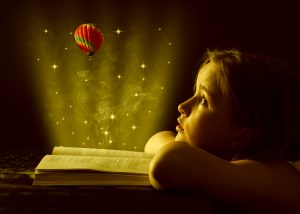 Many authors try writing short stories before venturing into other forms of creative writing. Short stories may seem easy to write, but in reality, writing short stories requires a lot of skill.
Many authors try writing short stories before venturing into other forms of creative writing. Short stories may seem easy to write, but in reality, writing short stories requires a lot of skill.
Short stories are different from short novels and other works. Most writers, editors, and publishers define short stories as works of fiction that are shorter than 5,000 words. The novella is a bit longer than a short story and its length is usually between 5000 and 40000 words.
The keyword to the format of a short story is the word “story.” The best stories are able to tell in not too many words a tale of feelings, thoughts, sights and action. A reader of a short story needs to be able to relate to a compelling moment of the story. What characters say and do needs to provide insight into their condition and at the same time help the readers understand themselves and the world around them.
Read more
 Characters in a story, be it a short story, a novella or a novel, can’t exist if nothing else is happening. Characters need to go through situations in which they both act and react, move ahead and move back, learn, make mistakes, and grow. In other words, every novel needs a plot, needs something happening to its characters.
Characters in a story, be it a short story, a novella or a novel, can’t exist if nothing else is happening. Characters need to go through situations in which they both act and react, move ahead and move back, learn, make mistakes, and grow. In other words, every novel needs a plot, needs something happening to its characters. 





 Like a novel or a short story, a
Like a novel or a short story, a 
 When most people think about a book for children, they think about
When most people think about a book for children, they think about 
 Novels have been capturing the imagination of readers and taking them into worlds of their own for centuries. There are a lot of novel genres, including romance, science fiction, fantasy, mystery, thrillers and others. There are also subgenres such as
Novels have been capturing the imagination of readers and taking them into worlds of their own for centuries. There are a lot of novel genres, including romance, science fiction, fantasy, mystery, thrillers and others. There are also subgenres such as 
 Many authors try writing short stories before venturing into other forms of creative writing.
Many authors try writing short stories before venturing into other forms of creative writing. 
 Some people feel offended when they hear the term “creative writing” because they think that the term diminishes other kinds of writing, such as non-fiction or technical. In reality, this term is very innocent. It came to life in American colleges as a way to differentiate a course on writing from other courses, such as English 101 or
Some people feel offended when they hear the term “creative writing” because they think that the term diminishes other kinds of writing, such as non-fiction or technical. In reality, this term is very innocent. It came to life in American colleges as a way to differentiate a course on writing from other courses, such as English 101 or